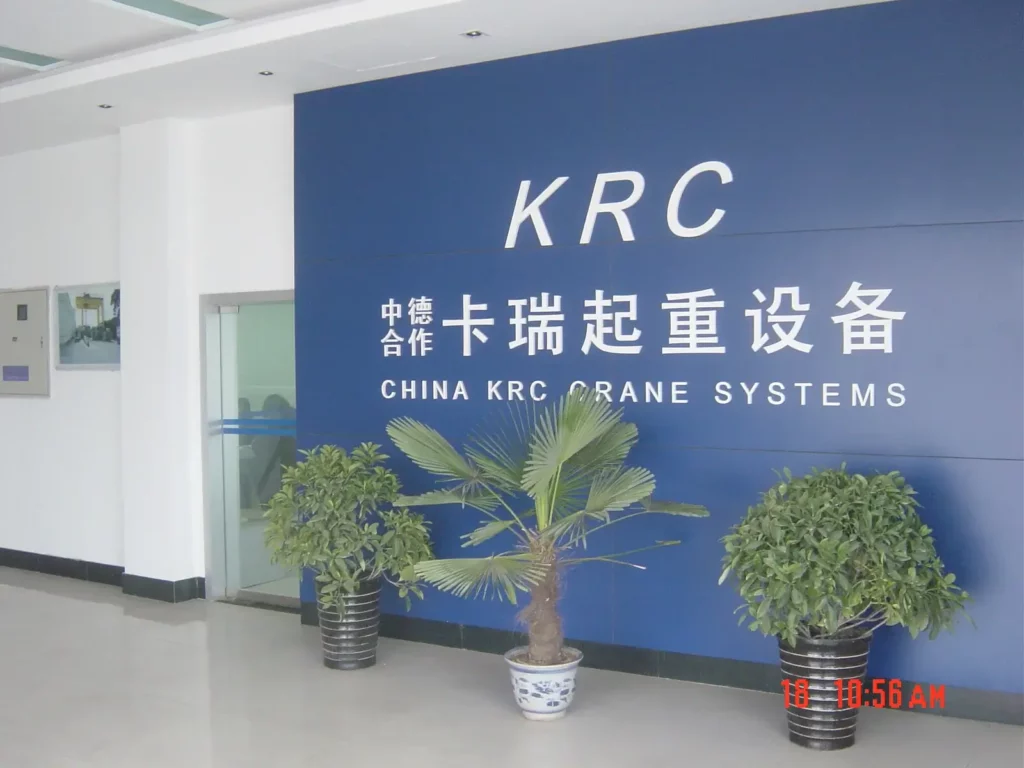In the bustling industrial landscape of China, overhead cranes play a crucial role in enhancing productivity and efficiency. As businesses seek cost-effective solutions, the demand for used overhead crane parts has surged. Understanding these components is essential for companies looking to maintain operational excellence while managing budgets effectively.
This guide delves into the intricacies of used overhead crane parts, offering insights into their types, sourcing, and maintenance. Readers will learn how to identify quality components, assess their condition, and ensure safety standards are met.
Additionally, we will explore the benefits of using refurbished parts, including cost savings and sustainability. By the end of this guide, readers will be equipped with the knowledge to make informed decisions, ensuring their overhead cranes operate smoothly and reliably.
A Comprehensive Guide to Used Overhead Crane Parts in China
Finding reliable used overhead crane parts can be challenging. This guide delves into the world of used overhead crane parts sourced from China, providing insights into their quality, technical features, and diverse types. Understanding these aspects is crucial for ensuring safety and efficiency in your operations. Companies like www.overhead-crane.com, www.sevenindustry.com, www.usedcranes.cn, www.hndfcrane.com, and www.hndfcranes.com offer a range of options.
Understanding the Market for Used Crane Parts
The Chinese market offers a vast selection of used overhead crane parts, ranging from individual components to complete systems. Many suppliers specialize in specific types of cranes and parts, catering to various industries and lifting needs. Sourcing from China can provide cost advantages, but thorough due diligence is crucial to ensure quality and authenticity. Reputable suppliers often provide certifications and guarantees.
Technical Features of Common Used Crane Parts
The performance and longevity of used crane parts depend heavily on their technical specifications. Factors like material, manufacturing processes, and design influence their reliability. Careful inspection and testing before purchase are essential to avoid potential hazards. Understanding these features is vital for making informed purchasing decisions.
| Part | Material Options | Key Features | Typical Wear Points | Quality Indicators |
|---|---|---|---|---|
| Crane Hook | Forged Steel, Alloy Steel | High Tensile Strength, Safety Latch | Hook Point, Shank, Throat | Smooth Surface, No Cracks or Deformation |
| Wire Rope Sheave | Cast Iron, Steel | Groove Design, Bearing Type | Groove Wear, Bearing Damage | Even Groove Wear, Smooth Bearing Rotation |
| Crane Trolley | Steel, Aluminum | Load Capacity, Travel Mechanism | Wheels, Bearings, Gears | Smooth Movement, No Binding or Noise |
| Motor | Various | Power Rating, Speed Control, Efficiency | Winding, Brushes, Bearings | Smooth Operation, No Unusual Sounds |
| Gearbox | Various | Gear Ratio, Torque Capacity, Efficiency | Gear Teeth Wear, Bearing Wear | Smooth Gear Shifting, No Noise or Leaks |
| Crane Cab | Steel, Composite Materials | Operator Comfort, Safety Features | Windows, Doors, Controls | Structural Integrity, Functionality of Controls |
| End Carriage | Steel | Wheel Assembly, Motor Mounting | Wheels, Bearings, Shafts | Smooth Movement, No Play in Wheels |
Different Types of Used Crane Parts
The variety of used crane parts available reflects the diversity of overhead crane designs. Understanding these differences is crucial for selecting compatible components for your specific crane model. Incorrect parts can lead to malfunctions and safety issues. Always verify compatibility before installation.
| Type of Crane Part | Description | Applications | Advantages | Disadvantages |
|---|---|---|---|---|
| Hoist | Lifting mechanism, powered by electric motor or manual chain. | Overhead cranes, gantry cranes, jib cranes. | Versatile, various load capacities. | Potential for wear and tear in gears and motor components. |
| Trolley | Moves the hoist along the crane bridge. | Overhead cranes, gantry cranes. | Efficient load movement. | Wear on wheels and bearings. |
| End Carriage | Supports the bridge and allows it to travel. | Overhead cranes, gantry cranes. | Essential for crane movement. | Wear and tear on wheels, bearings, and gears. |
| Bridge/Girder | Main structural component of the crane. | Overhead cranes, gantry cranes. | Provides support for the hoist and trolley. | Potential for structural damage from overloading or corrosion. |
| Electrical Components | Motors, controllers, limit switches, and other electrical components. | All types of cranes. | Essential for crane operation. | Wear and tear in motors, controllers, and other components. |
| Safety Components | Limit switches, brakes, overload protection devices. | All types of cranes. | Ensure safe crane operation. | Malfunction can lead to accidents. |
Conclusion
The Chinese market offers a significant source of cost-effective used overhead crane parts. However, careful consideration of technical features and compatibility is essential. Thorough inspection and verification from reputable suppliers like those found at www.overhead-crane.com, www.sevenindustry.com, www.usedcranes.cn, www.hndfcrane.com, and www.hndfcranes.com will minimize risks and maximize the lifespan of your crane.
FAQs
1. How can I ensure the quality of used crane parts from China?
Look for reputable suppliers with certifications and warranties. Request inspection reports and thoroughly examine the parts for wear and tear before purchase. Consider independent testing if necessary.
2. What are the common wear points in used crane parts?
Common wear points include hook points, sheave grooves, trolley wheels and bearings, motor windings and brushes, gearbox gears, and structural components. Regular inspections help identify and address these issues early.
3. How do I determine the compatibility of used crane parts with my crane?
Check the manufacturer’s specifications for your crane model. Compare the specifications of the used parts to ensure they match. Incorrect parts can cause malfunctions and safety hazards.
4. What are the benefits of buying used crane parts instead of new ones?
Buying used crane parts offers significant cost savings compared to new parts. This can be particularly beneficial for smaller businesses or those with tighter budgets.
5. Are there any risks associated with using used crane parts?
Yes, there are risks. Used parts might have hidden defects or significant wear, potentially compromising safety and performance. Thorough inspection and verification are crucial to mitigate these risks.


